Let’s say you’re selling custom t-shirts for BBQ enthusiasts. How do you figure out who to sell to?
Do you know your audience? What do they do, when they’re online, and what they’re interested in? – use #predictiveanalytics to understand where your customers are.
“Predictive analytics is a branch of advanced analytics that utilizes historical and real-time data, statistical models, and machine learning algorithms to make predictions about future events, behaviors, trends, and outcomes.”
Types of models used in predictive analytics include:
Classification models – This model uses historical data from among a set of established variables to describe relationships within a given dataset and map new variables, oftentimes used to make binary predictions. This model can be used to create customer segmentations.
Clustering models – This model groups data based on similar attributes and commonalities to inform marketing strategies, such as predicting users who fall into a company’s ICPs (i.e. using Google ad segmentations to filter age, gender, income, and interests to find audience sets that may have a likelihood to purchasing the product being promoted)
Time models – This model uses a specific timeframe and other variables to predict seasonality, trends, and behaviors. This could mean analyzing data inputs daily, weekly, monthly, quarterly, etc. An example of this would be analyzing social media engagements weekly to determine when to post to increase visibility.
Predictive analytics offers benefits, such as:
- improved decision-making
- enhanced operational efficiency
- reduced costs
- increased competitive advantage.
Predictive analytics has revolutionized the way organizations use data, enabling them to anticipate future outcomes, make data-driven decisions, and gain a competitive edge.

